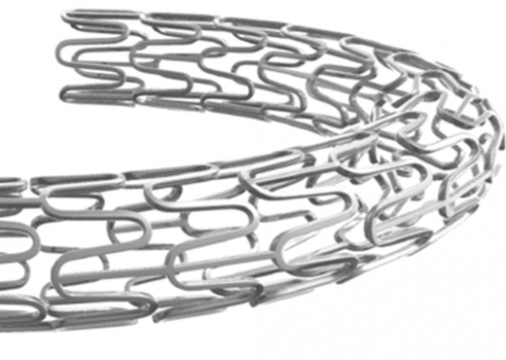For several years we have been testing new devices that have introduce changes with respect to their predecessors in the hope they will bring clinical benefits.

And so, the different generations of drug eluting stents came about (DES) even though we found ourselves stuck in the second generation, with the classical everolimus eluting stents. All its successors using other drugs (with bioresorbable polymer, polymer free, etc.) just got non-inferiority, in the best of cases.
But this is about to change (or perhaps has already changed). By the end of 2018 we were publishing the first outcomes of the BIOFLOW V, where for the first time a device resulted superior to the everolimus eluting stent (considered the “gold standard”). At the time we still had to pass the test of time, and now the time has come.
Today, this great randomized study confirms that rates of target vessel failure, vessel related MI, clinically driven revascularization and late and very late thrombosis resulted significantly lower in patients treated with the ultrathin-strut (60-μm) bioresorbable-polymer sirolimus-eluting stent vs. the classic thin-strut (81-μm) durable-polymer everolimus-eluting stent.
The BIOFLOW V is an international study which included 1334 patients randomized to one or the other device with a primary end point (target vessel failure) at one year, but with a prespecified clinical end point at 3 years.
Target vessel failure rate was 8.2% for the ultrathin struts stent vs. 13.6% for the everolimus eluting stent (p=0.002). This difference was conducted both by a lower rate of target vessel related MI (5% vs 9.2%; p=0.003) and clinically justified revascularization (3.2% vs 6.7%; p=0.006).
Definite, probable late and very late thrombosis was significantly lower with the new device (0.1% vs 1.2%; p=0.018).
Cardiac death or acute MI rate resulted 7.7% vs 11.7%, respectively (p=0.02).
This difference, which should be confirmed by other studies and series, should be associated to struts. The drug in the device is by no means an innovation (in fact, it made part of first-generation DES) and the bioresorbable polymer has been tested in several opportunities against other devices without the expected result.
Conclusion
In this large randomized study, events resulted lower at 3 years in patients receiving the sirolimus eluting stent with ultrathin struts and bioresrobable polymer vs. the classic everolimus eluting stent with durable polymer and thin struts.
Reference: David E. Kandzari et al. JACC: Cardiovascular Interventions 2020, article in press.
Subscribe to our weekly newsletter
Get the latest scientific articles on interventional cardiology
We are interested in your opinion. Please, leave your comments, thoughts, questions, etc., below. They will be most welcome.





